Rough ‘n’ tumble and toothy troubles
Your child goes through amazing growth in their first six years. From crawling and taking their first steps to running and jumping.
The world is their playground. And your child is endlessly exploring and testing their limits. Unfortunately, falls and knocks to baby teeth can come as part and parcel of this new-found adventuring. This means dental traumas are common – occurring in around 1 in 5 kids under the age of six.
So, how do you tell the difference between a harmless bump and one that requires a trip to the emergency room? Here’s our advice on what to watch for when caring for your little daredevil’s smile.
Common dental trauma
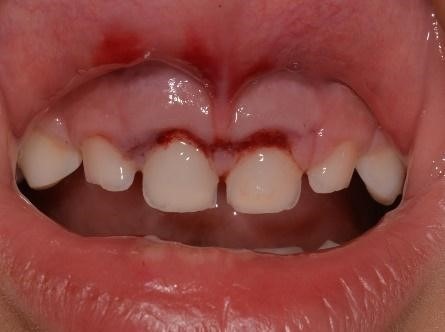
Bumped teeth and gums
If your child has had a minor fall and hit their mouth or had a ball or other object hit their face, they’ll likely have sore little gums and teeth.
Bumped teeth can often be harmless. But even small bumps can leave your child with grey teeth and nerve death. That’s why you should make a call to the dentist right away if:
- The bumped teeth or tooth have become wobbly because of the accident
- A tooth or teeth aren’t in their usual position, or are slightly protruding in a different direction
- You see cuts, abrasions, or bruises on soft tissues like gums, lip ties or lips
In dental terms, we call this a ‘luxation injury’. With bumped teeth, it occurs when the ligament (the part that holds the tooth in the jawbone) is injured. Minor luxation injuries can result in the tooth remaining in its original position, and other times the tooth can be displaced.
It’s the most common dental trauma – but needs specialist attention to make sure the nerve heals and doesn’t result in pain or an abscess (an infection-fighting pocket of fluid).
Chipped teeth
Fractured teeth can seem quite alarming, but they’re another common form of dental trauma.
The fracture can range from a tiny chip in the outer layer of the tooth to fractures so deep that it hits the nerve or the root.
Any fracture – big or small – will require a call (and likely a trip) to your dental specialist.
Knocked-out tooth
We all know baby teeth fall out, but there can be a lot of pain and tears if a baby tooth is knocked out before it starts to wiggle.
If your child knocks out a baby tooth (and you know for certain it’s a baby tooth), DO NOT reinsert it. It’s best to give your dentist a call and explain what’s happened. They may want you to come in to take a better look. Keep the tooth to show your dentist so they can make sure there are no pieces still in the gum.
On the other hand, if your child knocks out an adult tooth, it’s considered a dental emergency. In this instance, you should act quickly to reinsert the tooth in the socket. Once you have the tooth held in position, call your dentist or local children’s hospital immediately, and they’ll help you from there.
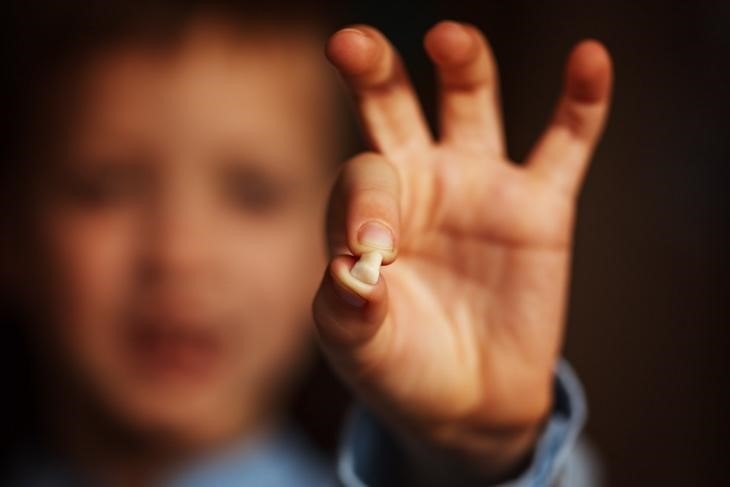
Dental emergency: Seek medical help immediately
Some injuries require immediate action from you, the caregiver.
If your child has severely displaced a primary tooth or has a gaping lip, cheek or gum wound that won’t stop bleeding after 20 minutes of pressure, contact your dentist immediately – before taking any other actions.
A rough fall can injure more than just teeth, it can sometimes cause serious head injury. If your child passes out, vomits, or says they’re dizzy, quickly take them to a doctor or your nearest emergency department.
Dental trauma: Follow our steps
For less severe toothy injuries, we advise following our three-step action plan.
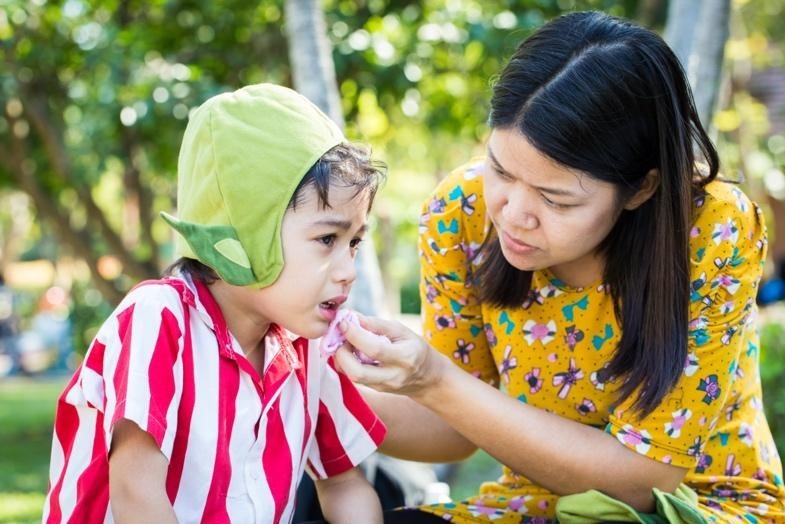
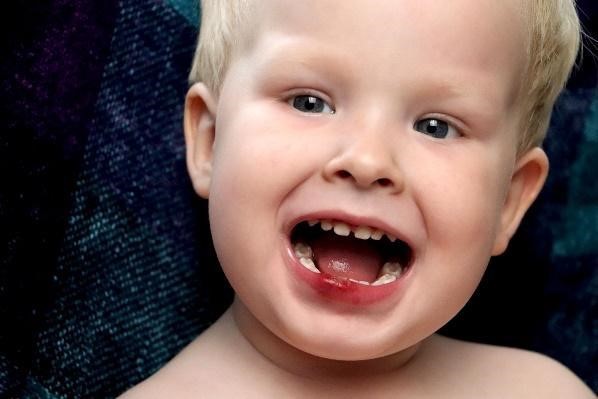
Step 1. Stop the bleeding and minimise pain
Mouths bleed a surprising amount. Even the tiniest of cuts can produce a surprising amount of blood.
So keep calm, grab a wet face cloth and apply pressure until the bleeding stops.
For younger children, try soothing their shock and stemming the blood by giving them a dummy or a bottle.
Injuries to baby teeth can be quite painful immediately after the accident, but often settle quickly.
But as adults, we know being hit on our mouth stings. So comfort your little one with pain relief meds like paracetamol or ibuprofen.
2. Check for injuries
Once you’ve managed to reduce the bleeding, check inside your child’s mouth for cuts or abrasions.
Take special notice of the fleshy inside of lips, cheeks, and gums.
3. Take a photo and pick up the phone
With your child now comforted and calm(er), it’s time to call the dentist.
If possible, take a photo of the trauma and send it to your dentist, so they can give you the most accurate advice possible over the phone.
Taking a trip to the dentist
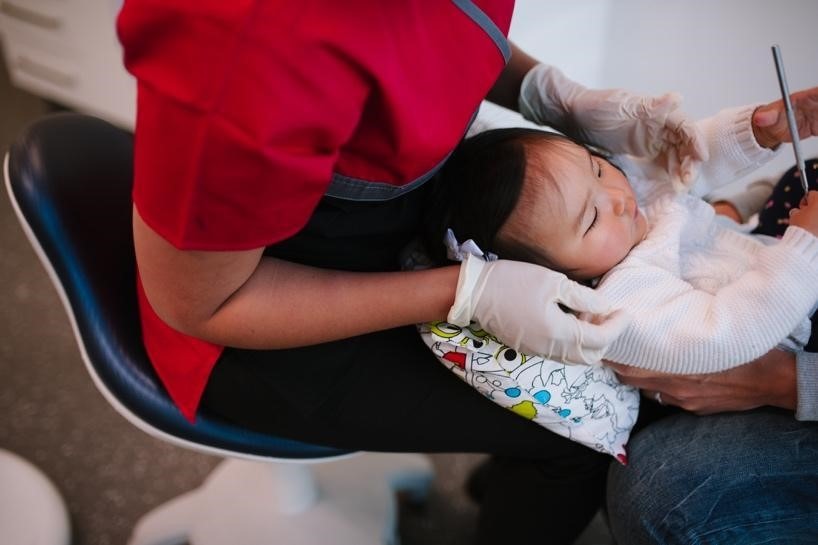
Once you contact your child’s dentist, they will assess the situation. They may ask you to come in straight away or in the coming weeks.
If the blood has gone and the pain has been alleviated, you may think coming in will be a waste of time. But sometimes, there are deeper injuries like fractured roots or nerve damage that can’t be seen by the naked eye.
A dentist appointment makes sure all possible injuries are covered. And gives you post-treatment advice for your child and their teeth. This might include:
● Oral hygiene: Swabbing the affected area gently with a soft brush or cotton swab and water or an antibacterial mouth rinse.
● Soft diet: Eating soft foods to prevent further damage.
● Pain management: Taking suggested pain-relief medications.
Every injury is different. Depending on the severity, your dentist can outline the tooth’s recovery. They’ll also explain the long-term plan and any complications to look out for. Sometimes the nerve damage can show up months or even years after the initial accident.
Our approach to trauma management
Usually, we take a wait and watch approach, checking every few months for signs of proper healing.
Once we’re sure the injury has started healing, we’ll observe the area as part of your child’s regular half-yearly check-up.
However, sometimes the trauma is so severe that a tooth needs to be repaired, removed or gums need stitching.
Often, for babies and toddlers, the treatment requires a short day-stay in the hospital. While older kids can undergo treatment in the chair with a local anaesthetic.
But what happens with the spacing once a tooth’s removed?
We can’t place false teeth in growing children. So until the adult tooth comes in, your child will have a small loveable gap.
But will you get the same shiny smile when the adult tooth grows in?
For most, yes!
But severe or undetected injuries can cause discolouration, pain or infection. Very occasionally the adult tooth might erupt away from its standard path or become impacted many years down the track. So it’s best to get that dental visit and advice right away, hey?
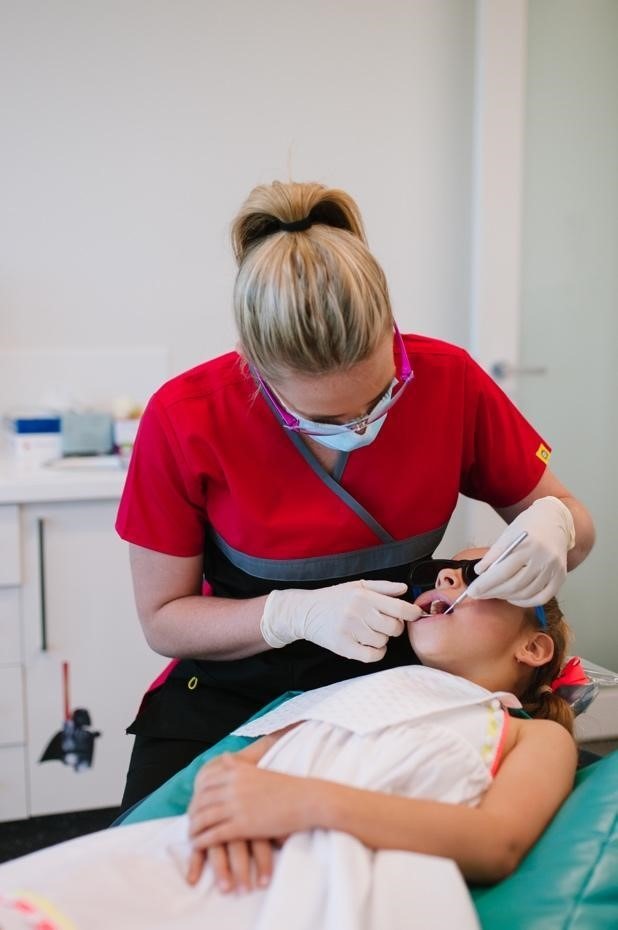
Flare-ups? Call us up
With every medical procedure, sometimes, the healing process doesn’t go as expected. Signs to look out for include:
● Toothaches: verbal indications, reduced appetite, sleep disturbances, fingers in the mouth
● Colour change: grey or black, dark yellow or pinkish in appearance
● Swellings: Pimple-like bubbles on the gums
● Teeth that appear above the level of the surrounding teeth
If these signs are popping up, contact your dentist. And book an earlier appointment.

Face-touching and fingers in the mouth may be visual cues your child has a toothache.
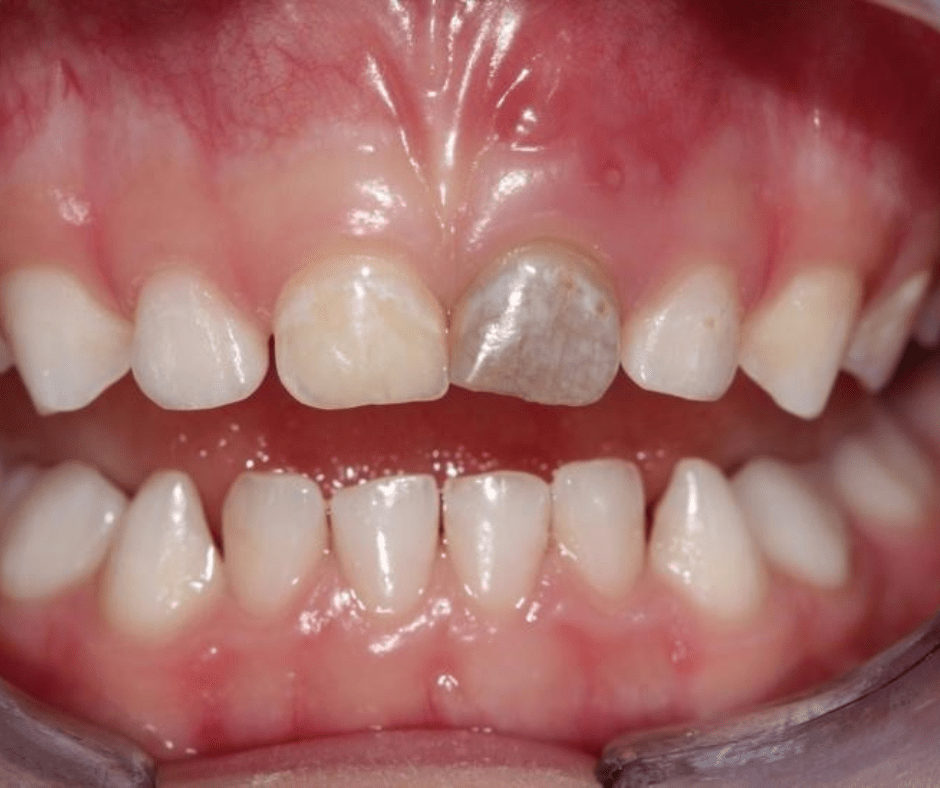
Grey or yellow tooth discolouration after dental trauma is a sign to head to the dentist.
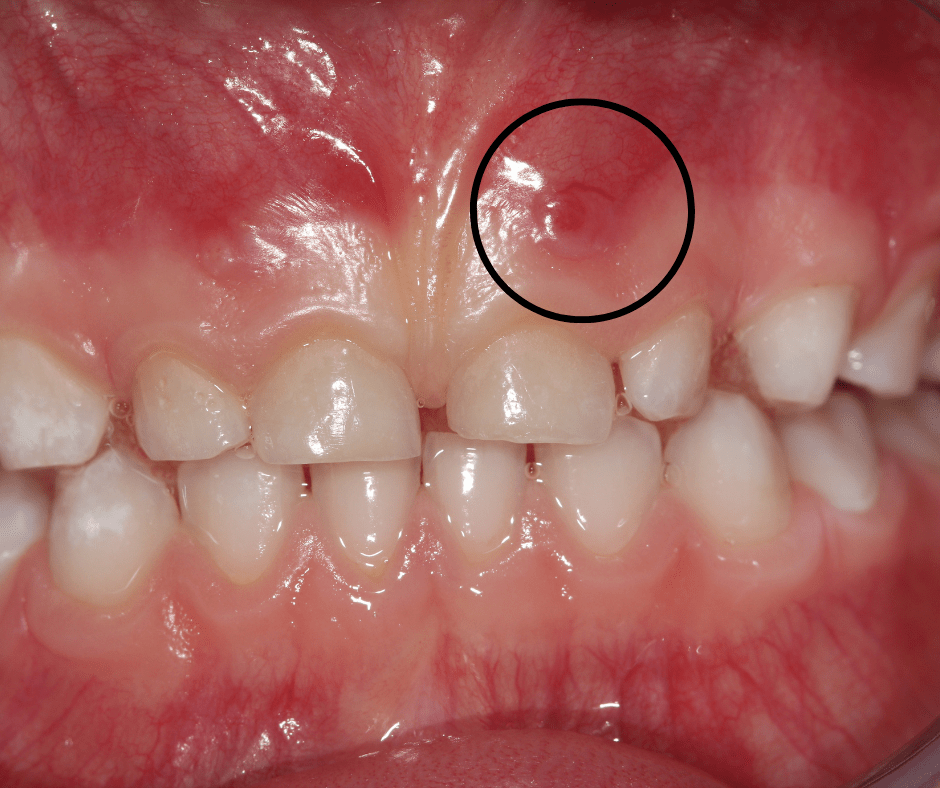
Normal-looking teeth with a pimple on the gums (circled in black) indicates an infection. Swiftly book a trip to your dentist to establish a management plan.
Bumped teeth or dental trauma concerns?
For more information or concerns on trauma to the primary teeth, contact us on (02) 8814 7945 to book an appointment.
